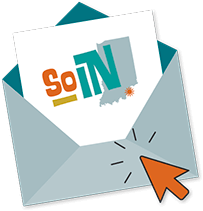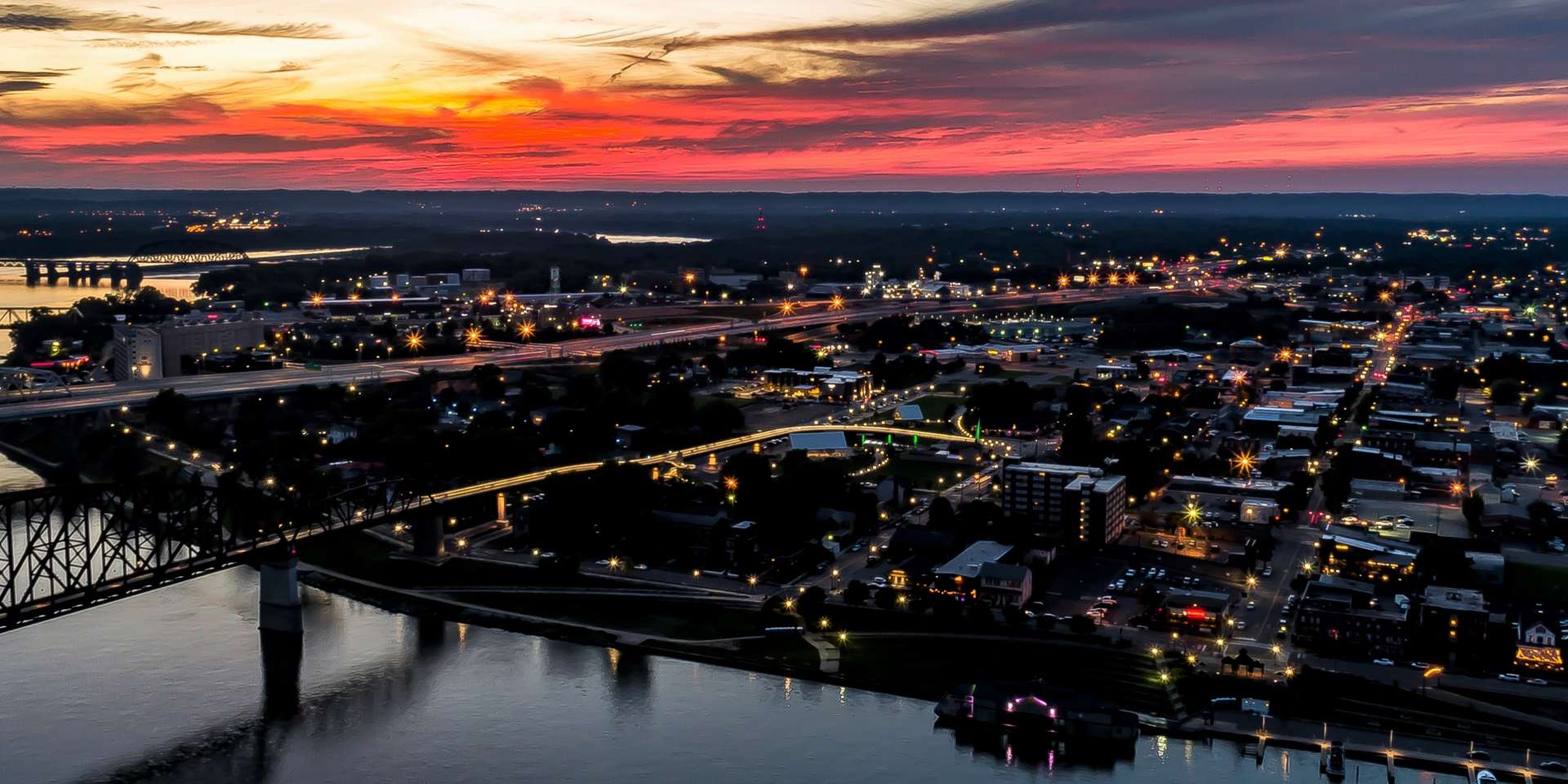By Kate Kane
As far back as the 1800s, the motorcoach has been the most popular form of group travel. Greyhound became a standard for groups with its first route in 1914. From there, an industry was born.
Fast forward to 2016 Southern Indiana. How does the motorcoach industry affect our way of life, our businesses, our hotels, and restaurants? It affects us because it means business. While we are not a traditional tourist mecca like New York, Chicago or Los Angeles, we have a unique story that many visitors will appreciate.
The “Group Tour Corner” is a new feature that will be in every issue of Tourism TidBits, our Bureau’s industry newsletter. We help get you up to speed on the tour bus industry so you can market to them successfully.
Growing the Motorcoach Market
So, how do we increase our visibility in the motorcoach industry? We learn and adapt to the needs of those traveling by bus. We learn what they are looking for and we provide the experiences that stir an emotional attachment. It may sound complicated, but with a little gumption and a “why not” attitude, Southern Indiana can become “SoIN” with the motorcoach market.
Let’s start with the basics. Each week, I will give you information about the motorcoach industry to help you, the partner, tailor your offerings to meet their needs. First, we’ll learn about the people who travel on group tours.
Who are the People Who Travel in Groups?
Seniors:
- Average age: 65-85
- They are price conscious (traveling by bus helps them by splitting hotel and gas costs)
- Because people in this age group tend to be retired, they often have more free time to travel.
- Traveling in a group provides built-in camaraderie and safety
- They often have hearing/accessibility issues (so they let someone else do the driving)
- They may buy a retail tour (one already planned) or charter a group (create a tour)
- The average size of groups 15-45 people. A standard motorcoach can hold up to 56 passengers.
- They tend to book 3-18 months in advance (This is good news for you: you will know they are coming).
Students
- They tend to be middle school or high school age
- May have had to actively raise funds to pay for their trip
- Most often they have requirements that must be met to allow them to travel. They can be one of 3 types:
- Educational: Learning has to be part of their itinerary
- Performance-based: Musical ensemble (marching band, chorus, etc.): a performance must be part of their trip.
- Just for fun
- Groups can vary in size from 15 to 150 people, depending on type of group
- When they book: student groups tend to book in the fall to travel in the spring
Want to know more? Contact Kate Kane to learn how to host group tours at your business.
Next Issue: What makes a motorcoach tour choose a destination?



